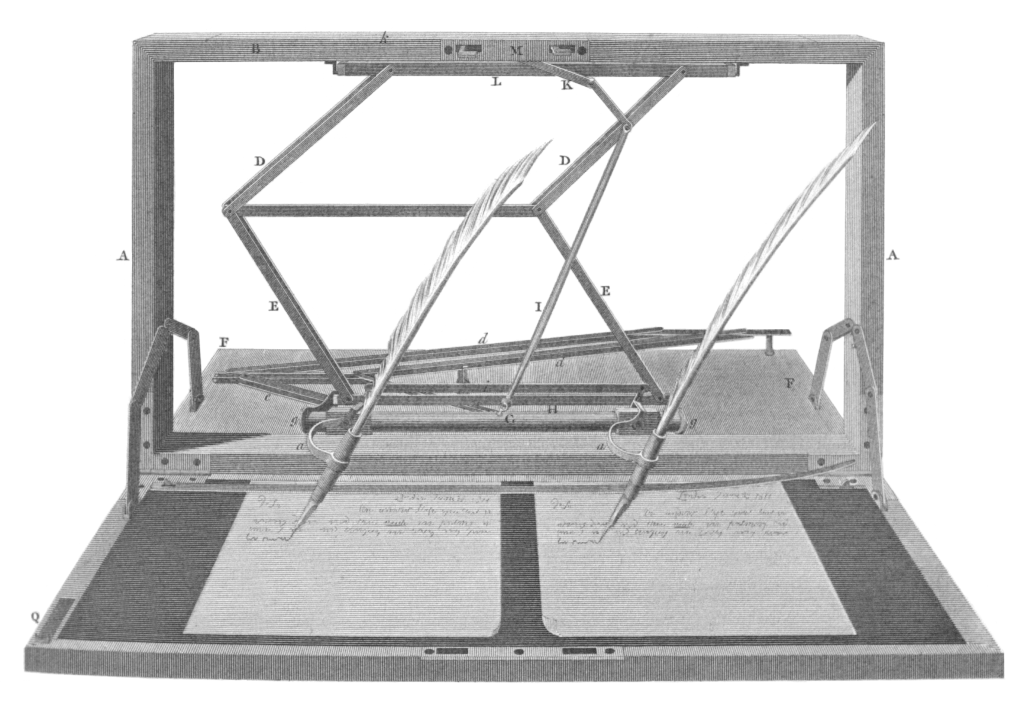My tests are my safety net. With them I can refactor with confidence, knowing that I’m keeping the functionality I intended. With them, I can grow my codebase, knowing that I’m not introducing regression errors. How do I have confidence that my safety net is good enough? One metric I can use to help with this is code coverage. It answers the question “When I run my tests, how much of my application code executed?”. It’s a somewhat crude metric—telling me how broad the net is not how strong—but it’s a good place to start. Fortunately, setting it up on a rails project is pretty simple.
Pages
Categories
- Engineering (39)
- Agile Software Development (14)
- Continuous Integration (17)
- Flash & Actionscript (21)
- Quality Software (10)
- Rails (7)
- Ruby (7)
- Software Craftsmanship (8)
- Software Estimation (4)
- Test Driven Development (12)
- Tablets (2)
- Travelling Light (2)
- Engineering (39)
Archives








